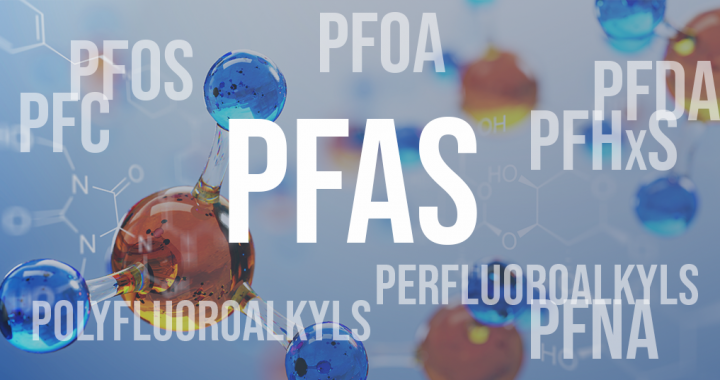USEPA’s May 18, 2022, Regional Screening Level (RSL) update included the anion and acid forms of several per- and polyfluoroalkyl substances (PFAS), providing residential and industrial soil screening levels; soil screening levels for protection of groundwater; and tapwater screening levels.
14 PFAS included in USEPA RSL Update
- ammonium perfluoro-2-methyl-3-oxahexanoate
- hexafluoropropylene oxide dimer acid (HFPO-DA) (aka, GenX)
- Perfluorobutanesulfonate
- perfluorobutanesulfonic acid (PFBS)
- Perfluorohexanesulfonate
- perfluorohexanesulfonic acid (PFHxS)
- Perfluorononanoate
- perfluorononanoic acid (PFNA)
- perfluorooctanesulfonate
- perfluorooctanesulfonic acid (PFOS)
- perfluorooctanoate
- perfluorooctanoic acid (PFOA)
- potassium perfluorobutanesulfonate
- potassium perfluorooctanesulfonate
Analytes were incorporated into the RSLs based on chronic and/or subchronic reference doses (i.e., non-cancer effects) published by the Agency for Toxic Substances and Disease Registry (ATSDR).
Prior to release of this RSL table, many states only focused on three PFAS (typically PFOS, PFOA, and PFBS). Inclusion of new PFAS in USEPA’s RSL tables will likely broaden the focus of PFAS across the country and provide a common set of screening levels for these analytes.
Note that USEPA has provided RSLs for different PFAS in both their anion and acid forms (for example, perfluorooctanoate and perfluorooctanoic acid) for a total of 14 different RSLs. Under normal groundwater pH conditions (5 to 8 standard units), PFAS will typically be present as anions; however, laboratories traditionally report as acids. When working with USEPA and state regulators, project teams will need to determine if PFAS should be reported in acid or anion forms (most methods report in the acid form).
The release of PFAS RSLs coincides with multiple laboratories being certified for Draft Method 1633, USEPA’s newly approved PFAS analytical method, under the Environmental Laboratory Accreditation Program (ELAP). USEPA has been advocating that PFAS investigations utilize Draft Method 1633, as it is designed for varied environmental media (liquids, solids, tissues), offers an expanded analyte list, and allows for lower detection limits. However, it has several requirements that differ from prior PFAS analysis methods.
Contact EnSafe’s PFAS team for assistance in evaluating impacts due to evolving regulatory policy. Our PFAS subject matter experts are standing by and ready to assist in designing/implementing the most appropriate and current approach to meet your project needs.
